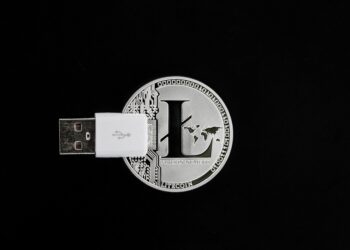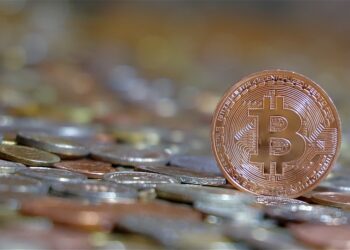Non-fungible tokens (NFTs) have taken the art world by storm, revolutionizing the way we buy, sell, and collect digital art. These unique and indivisible assets have opened up a whole new world of possibilities for artists and art enthusiasts alike, as they provide a means to securely authenticate and trade digital works of art on the blockchain.
NFTs are essentially digital certificates of ownership that are linked to a specific piece of digital art or collectible. Each NFT contains information that proves the authenticity, ownership, and provenance of the digital asset, making it impossible to duplicate or counterfeit. This technology has solved a major problem in the world of digital art, where the ease of copying and sharing artwork online has made it difficult for artists to monetize their creations.
One of the main reasons why NFTs have gained so much popularity in recent years is their ability to create scarcity in the digital realm. By issuing a limited number of NFTs for a particular artwork, artists can create a sense of exclusivity and value that can drive up the price of their pieces. This has opened up a whole new market for digital artists who previously struggled to make a living from their work.
Moreover, NFTs have enabled artists to retain full ownership of their work even after it has been sold. Unlike traditional art sales, where artists often lose control over their creations once they are sold, NFTs allow artists to include royalties in the smart contract of their NFT, ensuring that they receive a percentage of any future sales of their work.
In addition to empowering artists, NFTs have also created new opportunities for art collectors and investors. With the rise of digital art marketplaces like OpenSea and Rarible, collectors can now browse through a vast array of digital artworks from artists all over the world, and purchase them with the click of a button. This has democratized the art world, making it more accessible to a wider audience of art enthusiasts.
The demand for NFTs has skyrocketed in recent years, with some pieces selling for millions of dollars at auction. In March 2021, artist Beeple made headlines when his digital artwork “Everydays: The First 5000 Days” sold for a whopping $69.3 million at a Christie’s auction, becoming the third most expensive artwork by a living artist ever sold.
As NFTs continue to gain traction in the art world, it is clear that they are here to stay. By providing a secure and transparent way to buy, sell, and collect digital art, NFTs are reshaping the art market and opening up new possibilities for artists and collectors alike. Whether you are an artist looking to monetize your digital creations or a collector looking to invest in the next big thing, NFTs offer a revolutionary new way to engage with art in the digital age.








